Learning to repair your car yourself can save you time and money. By gaining basic car repair knowledge, you can handle common issues and perform routine maintenance without relying on a mechanic. This blog will provide essential tips and step-by-step guides to help you become more confident in tackling car repairs on your own. So, get ready to roll up your sleeves and become a DIY car repair expert!
Why learning to repair your car yourself is beneficial

Learning to repair your car yourself can be highly beneficial. It allows you to save money on expensive mechanic fees and gives you the freedom to fix issues at your convenience. You also gain a deeper understanding of your car's mechanics, which can help you troubleshoot and prevent problems in the future. Moreover, becoming self-sufficient in car repairs gives you a sense of empowerment and confidence.
Essential tools you need for car repairs

When learning to repair your car yourself, it's important to have the right tools on hand. Some essential tools for car repairs include:
- Socket set: A socket set with a variety of sizes is essential for loosening and tightening bolts and nuts.
- Screwdriver set: A set of screwdrivers with different sizes and types (such as Phillips and flathead) is needed for various tasks.
- Wrenches: A set of wrenches, including both open-end and adjustable wrenches, will help you loosen and tighten nuts and bolts.
- Pliers: Pliers are useful for gripping and bending wires, removing and installing hoses, and other tasks.
- Jack and jack stands: These are necessary for lifting your car to access different components for repairs.
- Multimeter: A multimeter helps you diagnose electrical issues by measuring voltage, resistance, and continuity.
- Oil filter wrench: This tool is necessary for removing and installing oil filters during an oil change.
- Tire pressure gauge: This tool allows you to check and maintain the correct tire pressure to ensure optimal performance and safety.
Having these essential tools will give you the foundation to start tackling common car repairs and maintenance tasks.
Getting Started
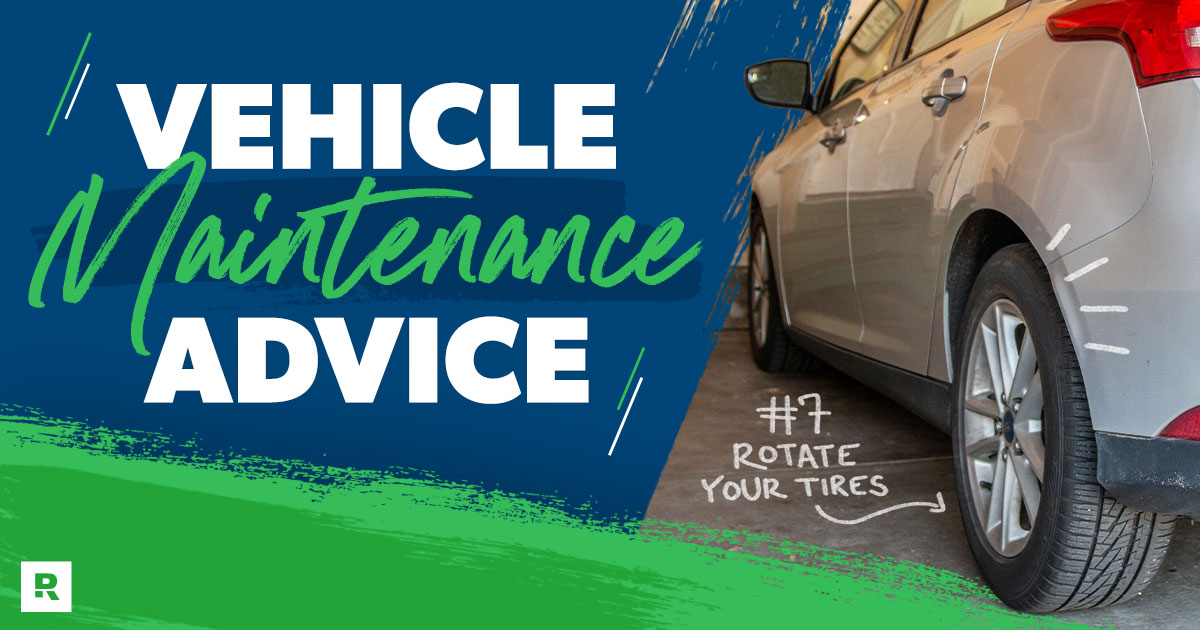
To get started with learning to repair your car yourself, it's important to first understand the basics of car mechanics. This includes learning about the different components of your car and how they work together. Additionally, it's crucial to follow safety precautions when working on your vehicle to prevent accidents and injuries.
Understanding the basics of car mechanics

One of the essential steps in learning to repair your car yourself is understanding the basics of car mechanics. This includes gaining knowledge about the different components of your vehicle and how they work together. It's important to familiarize yourself with the engine, transmission, brakes, suspension, and other key parts to effectively diagnose and fix any issues that may arise. By understanding the basics, you'll be better equipped to troubleshoot problems and perform necessary repairs.
Safety precautions for DIY car repairs
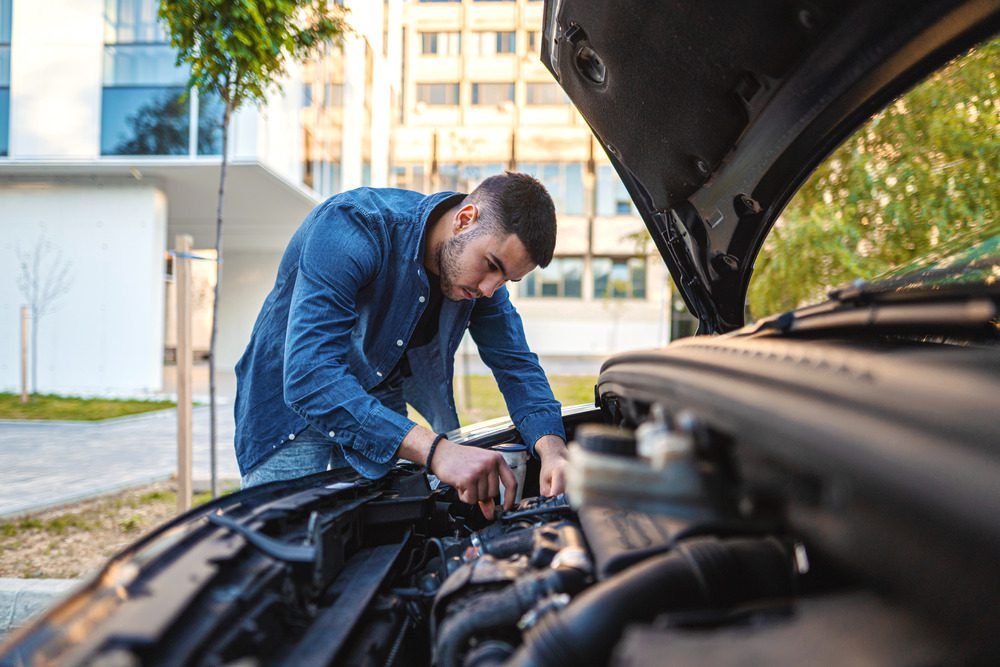
When attempting DIY car repairs, it is crucial to prioritize safety. Here are some key safety precautions to keep in mind:
- Always wear protective gear such as gloves, safety glasses, and closed-toe shoes.
- Ensure that the car is parked on a level surface and securely jacked up before working underneath it.
- Use jack stands to support the vehicle while working underneath it.
- Disconnect the battery and wait for the electrical system to fully discharge before working on any electrical components.
- Be cautious when working with fluids such as oil, coolant, and brake fluid, as they can be flammable or corrosive.
- Follow proper lifting techniques to avoid strain or injury.
- Refer to the vehicle's manual and follow all safety precautions specific to your make and model.
By adhering to these safety guidelines, you can minimize the risk of accidents and injuries while working on your car.
Common Car Repairs

When it comes to common car repairs, two tasks that every car owner should be familiar with are changing a flat tire and checking tire pressure, as well as replacing a car battery and checking fluid levels regularly. These are essential skills that can save you time and money, and ensure the safety and efficiency of your vehicle.
How to change a flat tire and check tire pressure
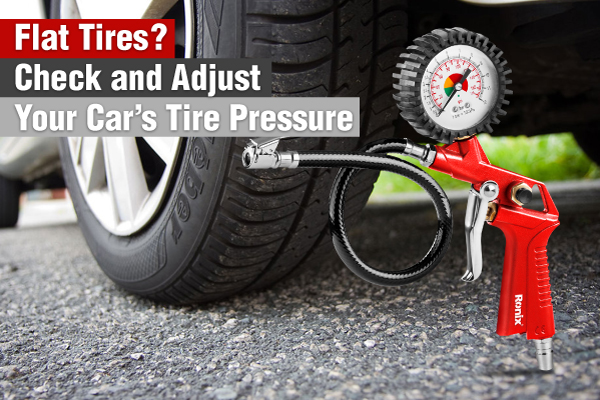
To change a flat tire, start by parking on a flat surface and applying the parking brake. Locate the spare tire and jack in your car's trunk. Use the lug wrench to loosen the lug nuts before lifting the car with the jack. Remove the lug nuts, replace the flat tire with the spare, and tighten the lug nuts. Finally, lower the car and check the tire pressure.
To check tire pressure, you'll need a tire pressure gauge. Simply remove the valve cap, place the gauge on the valve stem, and read the pressure. Compare it to the recommended PSI (pounds per square inch) for your car, which can be found in the owner's manual or on a sticker inside the driver's side door. If the pressure is low, use an air compressor to fill the tire. Regularly checking your tire pressure can help improve fuel efficiency and prolong the life of your tires.
Replacing a car battery and checking fluid levels

To replace a car battery, start by turning off the engine and putting on gloves and safety goggles. Locate the battery and remove the negative cable first, followed by the positive cable. Remove any brackets or clamps securing the battery and lift it out. Install the new battery, connecting the positive cable first and then the negative cable.
To check fluid levels in your car, locate the dipstick or reservoir for each fluid (such as oil, coolant, and brake fluid) and remove it. Wipe it clean, reinsert it fully, and then remove it again to check the fluid level. Compare it to the recommended range indicated on the dipstick or reservoir. If the levels are low, add the appropriate fluid until it reaches the proper level. Regularly checking fluid levels can help prevent damage to your car's systems.
Diagnosing and Fixing Engine Issues
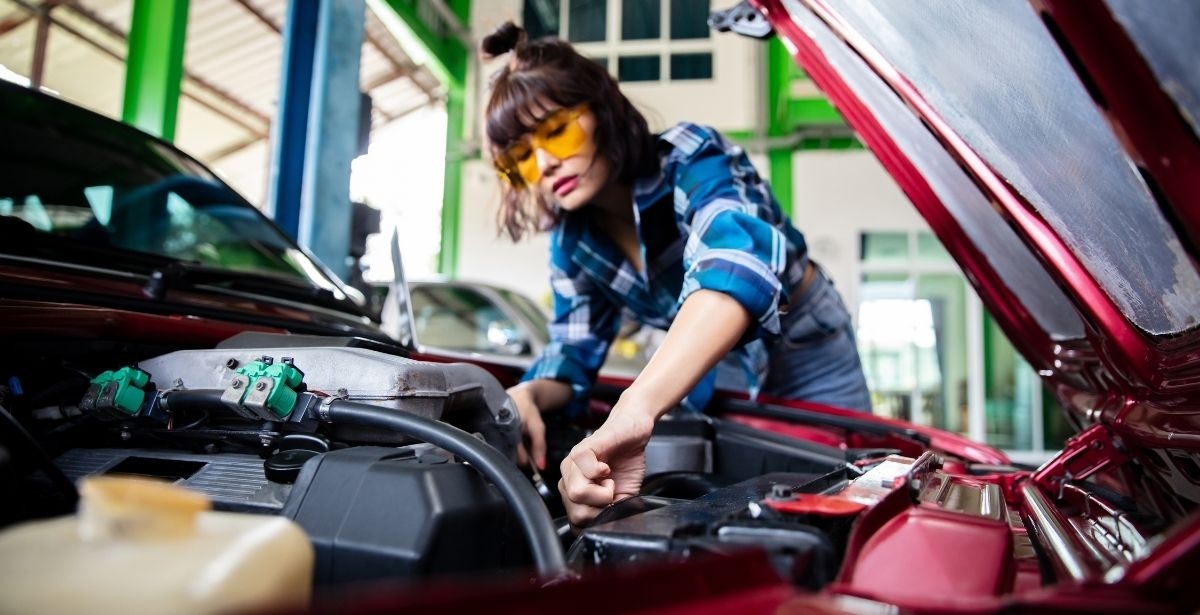
When it comes to diagnosing and fixing engine issues, it's important to pay attention to any unusual sounds, vibrations, or warning lights. Use diagnostic tools, such as an OBD-II scanner, to retrieve error codes and pinpoint the problem. From there, follow a step-by-step guide or consult a professional to fix the issue properly. Regular maintenance and addressing problems promptly can help avoid costly repairs in the future.
Identifying common engine problems and their symptoms

Identifying common engine problems is crucial for efficient car repair. Look out for symptoms like unusual noise, excessive smoke or exhaust emissions, poor acceleration, overheating, or rough idling. These issues can indicate problems such as a faulty fuel injector, worn-out spark plugs, a malfunctioning oxygen sensor, or a leaking coolant system. Proper diagnosis will ensure an accurate fix.
Step-by-step guide to replacing spark plugs
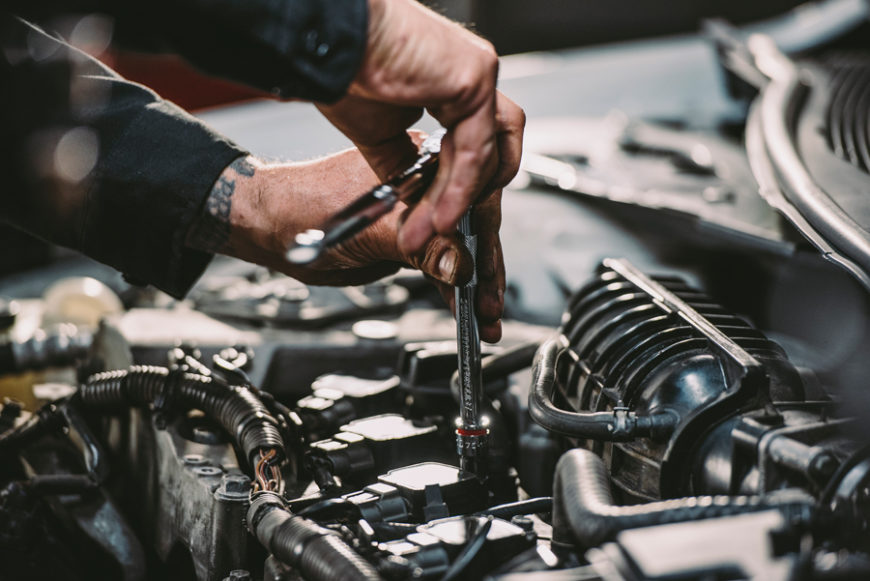
To replace spark plugs, start by locating the spark plug wires and disconnecting them from the plugs. Use a spark plug socket and extension to remove the old spark plugs. Install the new spark plugs, making sure they are properly gapped. Finally, reattach the spark plug wires and test the engine to ensure proper functioning.
Electrical System Repairs

Electrical system repairs involve troubleshooting and fixing common electrical issues in cars. This includes diagnosing faulty wiring, malfunctioning headlights, or a blown fuse. By understanding the electrical system components and using proper tools, car owners can learn to replace fuses, repair faulty connections, and ensure that their vehicle's electrical system is in optimal condition.
Troubleshooting common electrical issues in cars
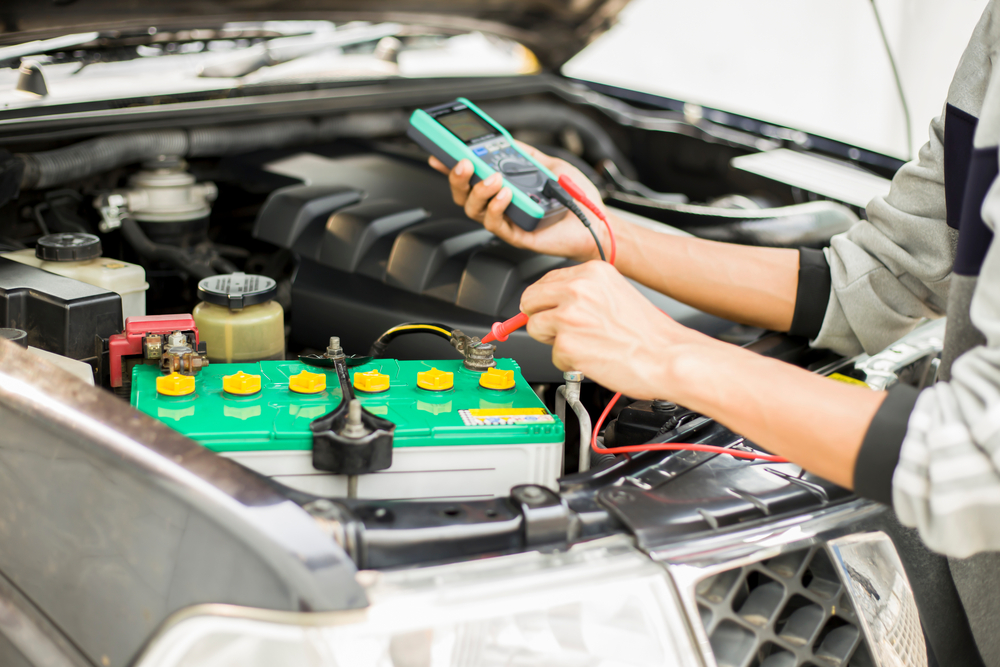
Troubleshooting common electrical issues in cars involves identifying and diagnosing problems such as a dead battery, malfunctioning headlights, or a faulty fuse. Car owners can use a multimeter to test the voltage, check for loose connections, and inspect the wiring for any damage. By systematically troubleshooting these issues, car owners can effectively fix electrical problems and ensure the proper functioning of their vehicle's electrical system.
Replacing a blown fuse or faulty headlights

When dealing with a blown fuse or faulty headlights, it is important to first locate the fuse box in your car. Use the owner's manual to identify the specific fuse for the headlights. Using a pair of needle-nose pliers, carefully remove the old fuse and replace it with a new one of the same rating. If the headlights are faulty, check for any loose connections or damaged wiring. If necessary, replace the headlights with new bulbs or consider seeking professional assistance for more complex issues.
Advanced Repairs and Maintenance
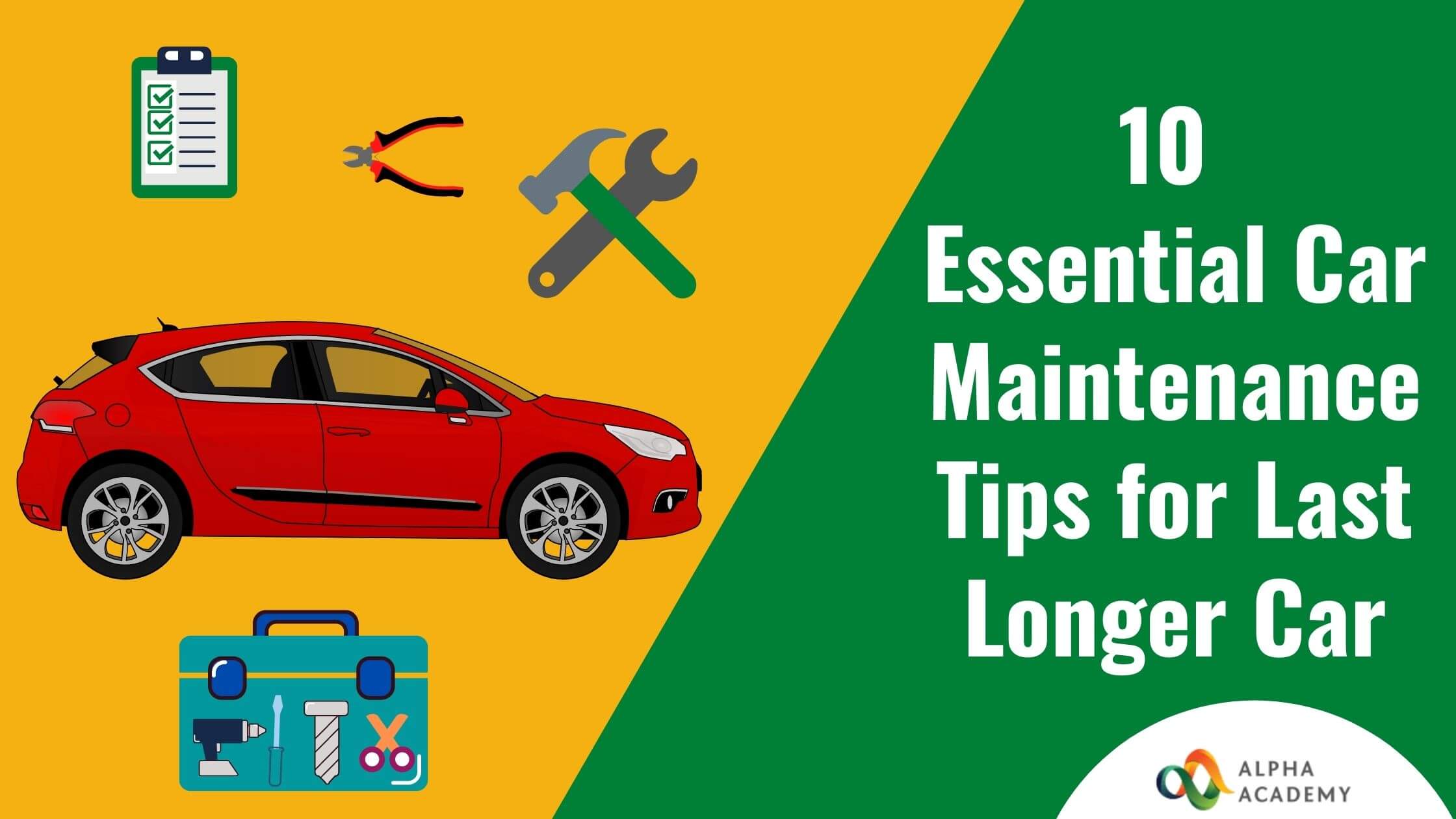
Performing advanced repairs and maintenance on your car is a great way to save money and improve your car's performance. This includes tasks such as changing your car's oil and maintaining fluid levels, as well as replacing brake pads and rotors safely. By learning these skills, you can ensure your car stays in top condition and avoid costly trips to the mechanic. It is important to follow proper safety precautions and refer to your car's manual for guidance during these advanced repairs.
Performing an oil change and maintaining fluid levels
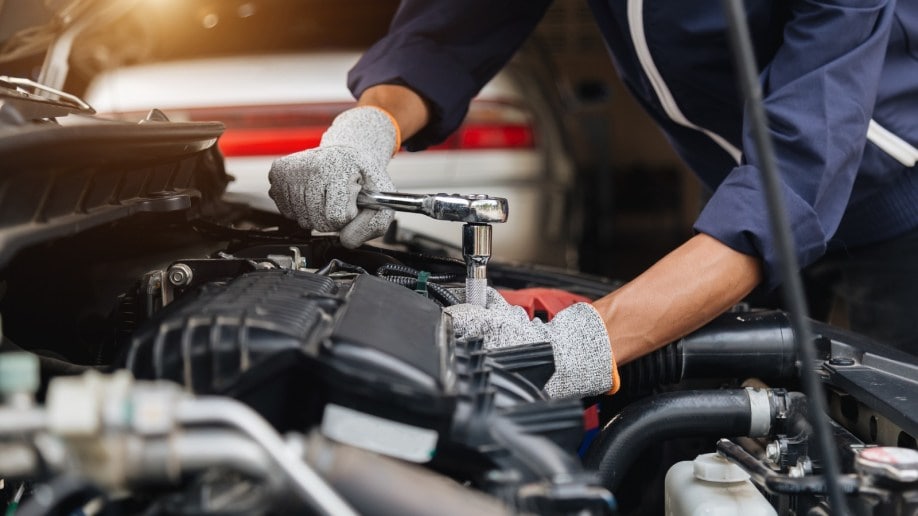
Performing regular oil changes and maintaining proper fluid levels is crucial for the overall health and performance of your car. This includes checking and changing the engine oil, transmission fluid, coolant, and brake fluid. By following the manufacturer's guidelines and using the right type of fluids, you can ensure smooth operation and extend the lifespan of your vehicle. Remember to dispose of used oil responsibly and consult your car's manual for specific instructions.
Tips for replacing brake pads and rotors safely
When replacing brake pads and rotors, it's important to follow these tips to ensure safety:
- Use the right tools: Have a proper brake tool set, including a C-clamp, lug wrench, and a torque wrench.
- Lift the car securely: Use a jack stand to support the weight of the vehicle and prevent accidents.
- Clean the rotors: Before installing new brake pads, clean the rotors with brake cleaner to remove any grease or debris.
- Check for wear: Inspect the brake rotors for any signs of wear or damage. Replace them if necessary.
- Follow the manufacturer's instructions: Each car model may have specific steps and torque specifications. Follow the instructions carefully.
- Properly tighten the components: Use a torque wrench to tighten the caliper bolts and lug nuts to the manufacturer's recommended torque settings.
By following these tips, you can safely replace brake pads and rotors, ensuring optimal braking performance and safety on the road.
Conclusion
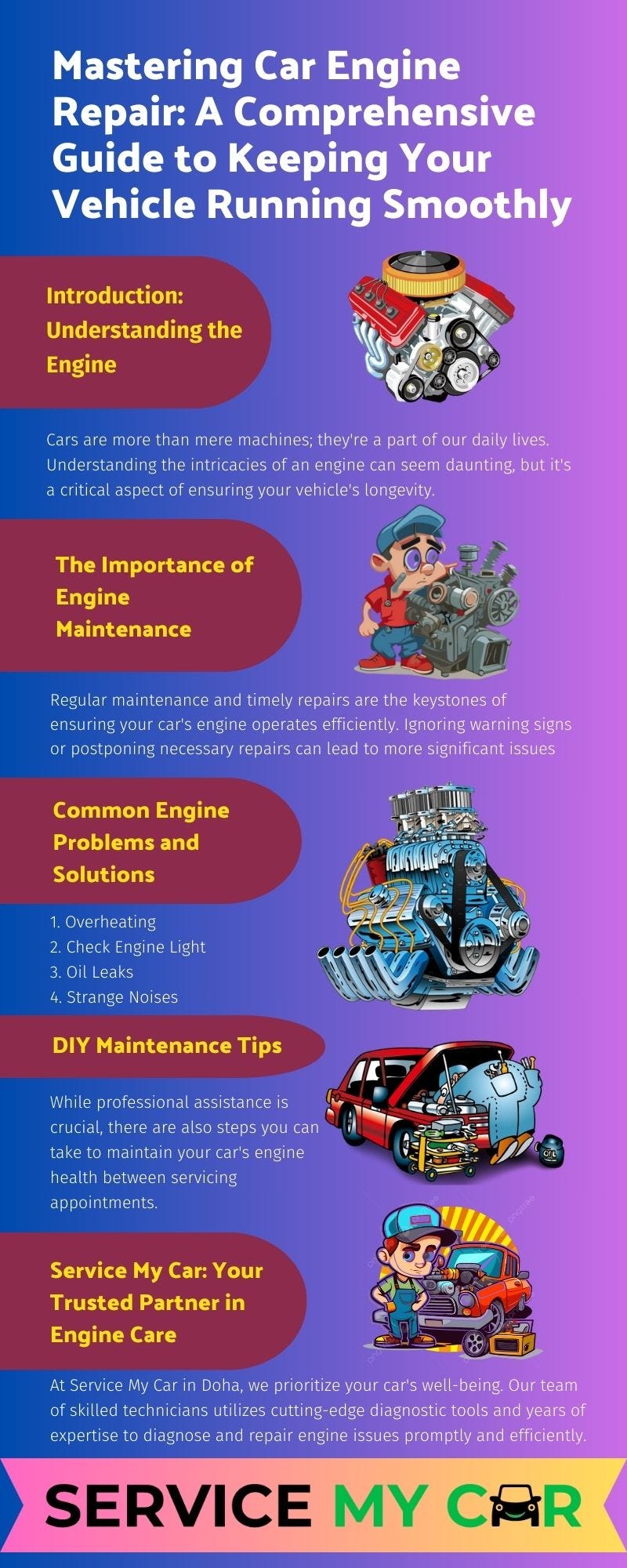
In conclusion, learning to repair your car yourself can be extremely beneficial. It not only saves you money on costly repairs, but it also empowers you to take control of your vehicle's maintenance and troubleshooting. By following safety precautions, using the right tools, and understanding the basics of car mechanics, you can confidently tackle common repairs and even perform advanced maintenance tasks. With resources and support available, you have the opportunity to enhance your car repair skills and ensure the longevity of your vehicle.
Benefits of learning car repair skills
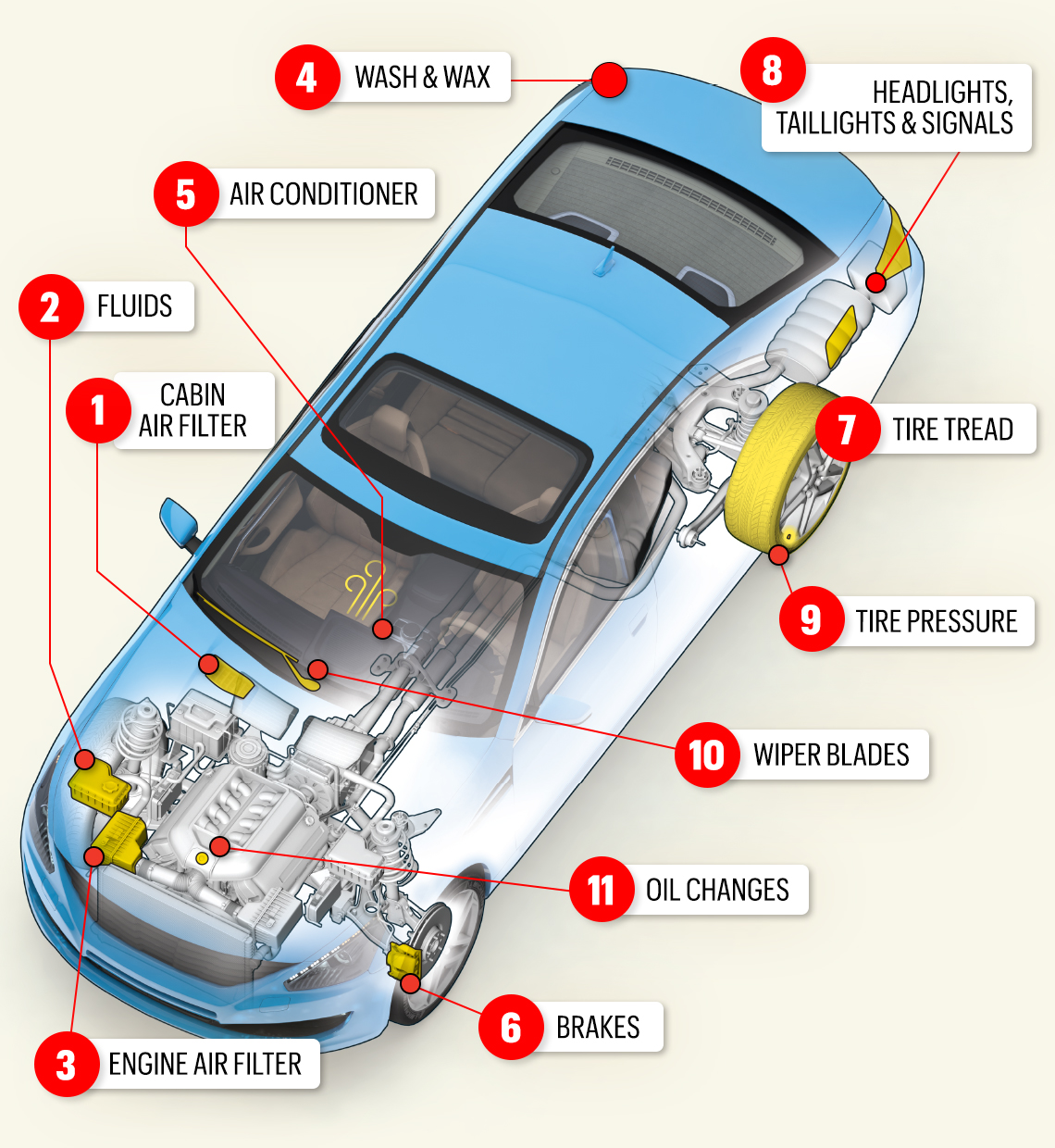
Learning car repair skills provides numerous benefits. First, it saves money on costly repairs and maintenance. Second, it empowers individuals to take control of their vehicle's maintenance and troubleshooting. Third, it promotes self-reliance and independence. Fourth, it enhances problem-solving and critical thinking skills. Overall, learning car repair skills is a valuable investment that can lead to long-term savings and increased confidence in handling car repairs.
Resources for further learning and support

To further enhance your car repair skills, there are several resources available. Online tutorials and videos provide step-by-step instructions for specific repairs. Automotive repair manuals offer comprehensive guidance on various car models. Joining online forums and communities allows you to connect with experienced individuals who can provide advice and support. Additionally, local vocational schools and community colleges often offer automotive repair courses that can deepen your knowledge and skills. These resources provide valuable learning opportunities and a supportive community for aspiring car mechanics.